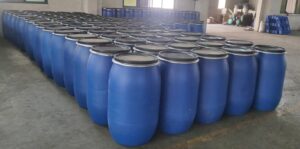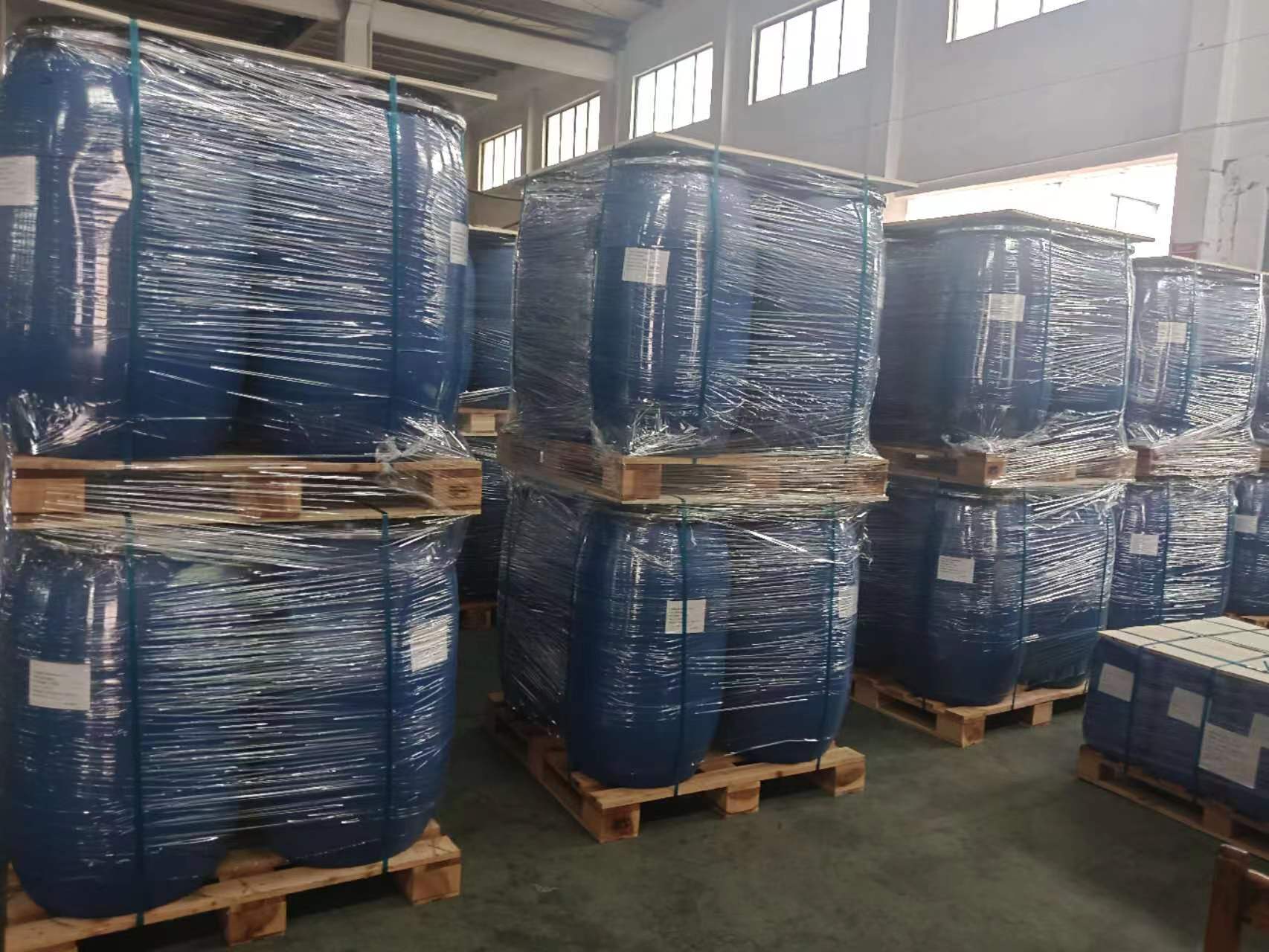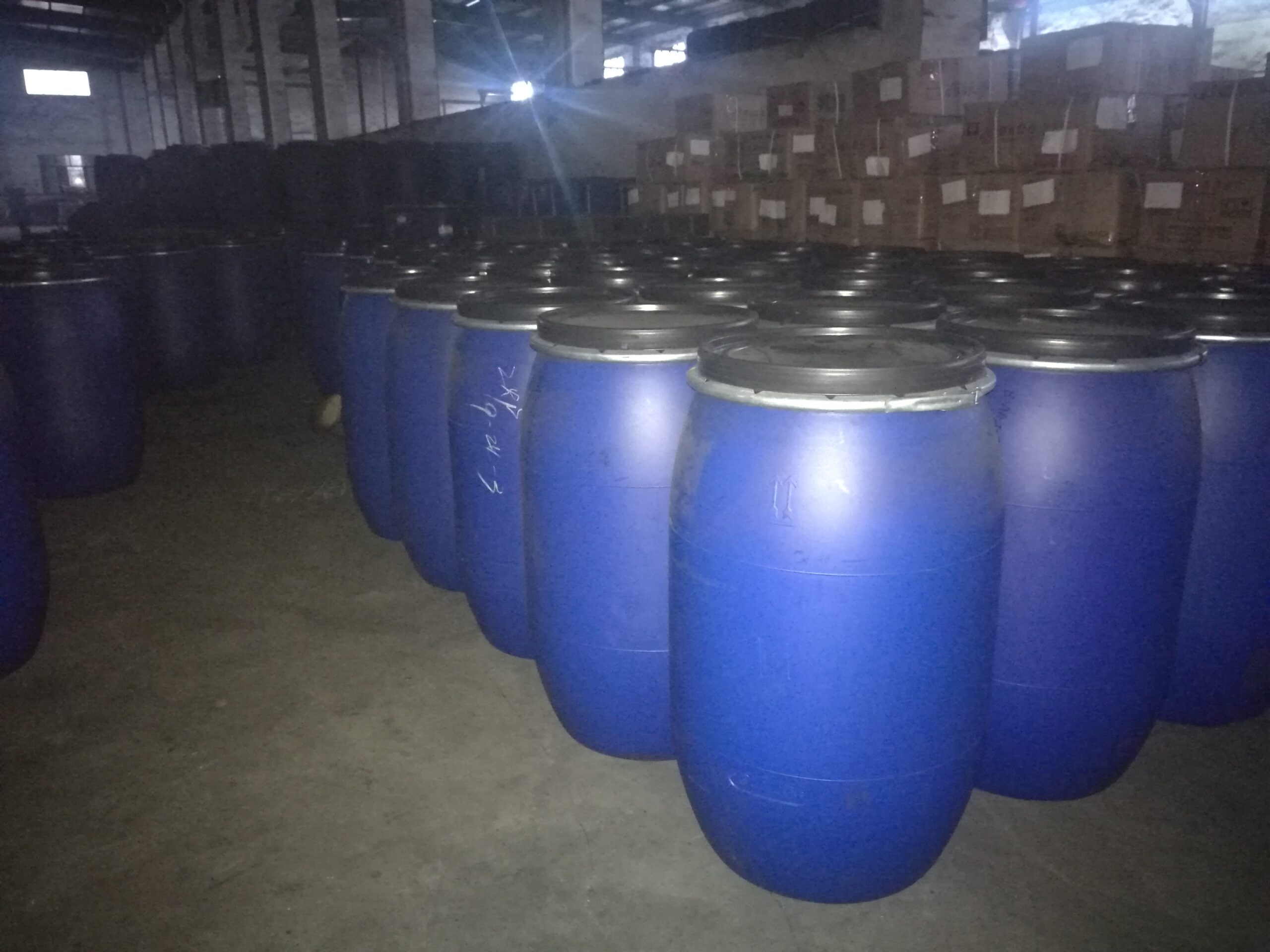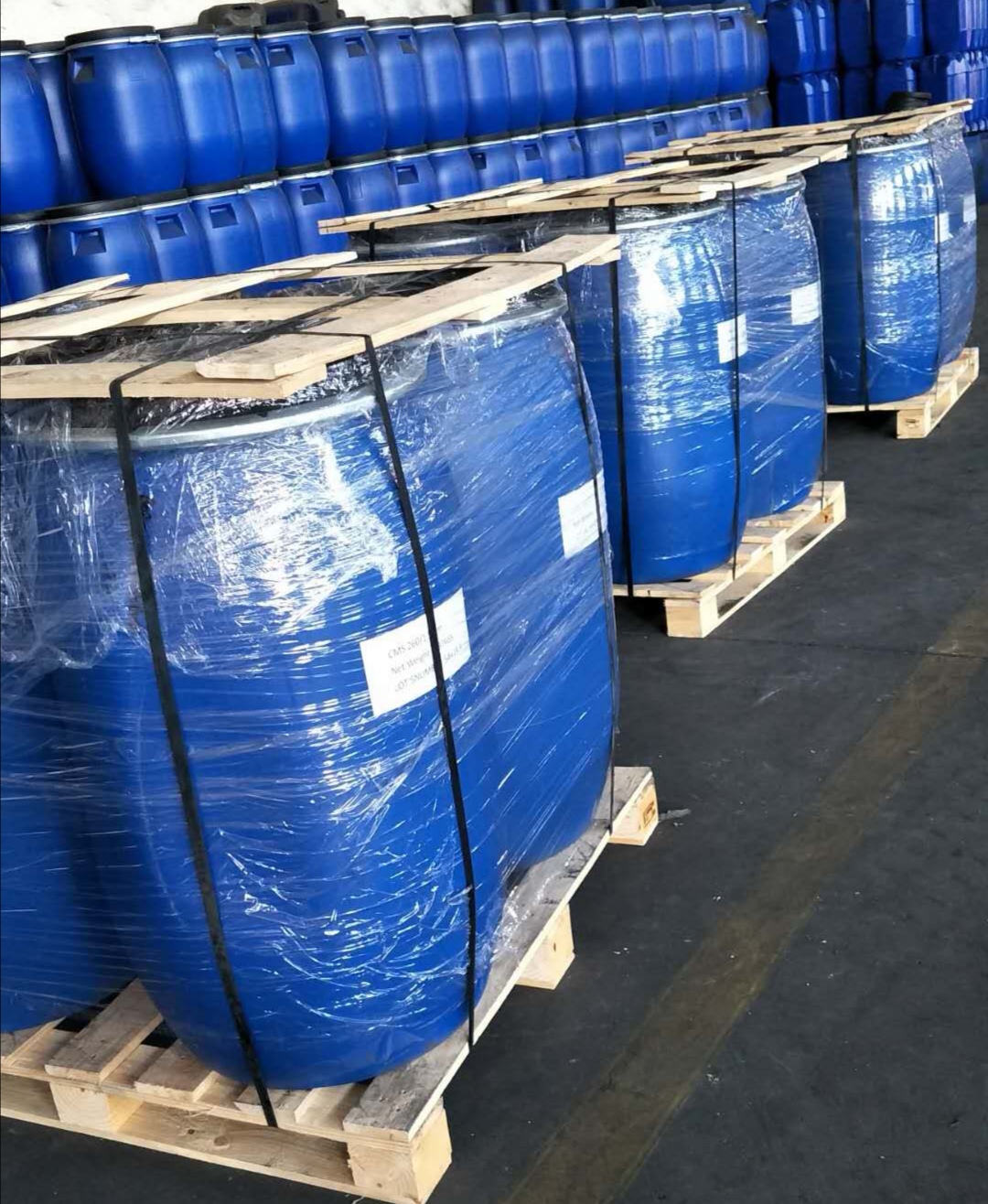The application of nitrogen generators in the food industry
New type of food preservation equipment – nitrogen generator
A nitrogen generator is a device suitable for industries such as food packaging preservation, which can produce nitrogen on-site quickly, with wheels for mobile operation, and provides high-purity nitrogen.
【Special nitrogen generator for the food industry】 Suitable for green grain storage, food nitrogen packaging, vegetable preservation, wine sealing (canning) and preservation, etc.
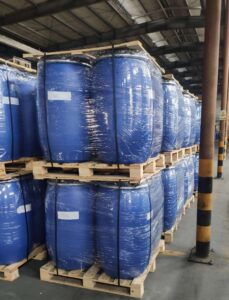
Why should the food industry use nitrogen generators?
The large-scale use of nitrogen generators in the food industry aims to utilize the inert, non-toxic, odorless, low-cost and easily accessible characteristics of nitrogen (N₂) to solve key problems in food processing, packaging and storage – preventing oxidation deterioration, inhibiting microbial growth, maintaining physical form and extending shelf life. The specific application scenarios and reasons are as follows:
Core functions and advantages:
Inert gas protection (Modified Atmosphere Packaging, MAP – gas-improved packaging):
Replace oxygen to prevent oxidation: Oxygen is one of the main culprits for food deterioration, leading to:
Oxidation of fats (producing rancid smell).
Decomposition of vitamins and pigments (such as fruit browning, meat discoloration).
Loss of flavor and aroma.
Nitrogen filling packaging: Inject high-purity nitrogen (usually purity ≥ 99.5% or 99.9%) into the packaging container (bags, boxes, cans, bottles) to replace oxygen (reducing residual oxygen to 1% – 3% or even lower), creating a low-oxygen or oxygen-free environment, significantly delaying oxidation reactions.
Inhibiting aerobic microbial growth:
Most spoilage microorganisms need oxygen to reproduce. By reducing the oxygen concentration through nitrogen filling, these microorganisms’ activities can be effectively inhibited, extending the microbial safety period (especially crucial for refrigerated or room-temperature preserved foods).
Physical protection, preventing crushing and deformation:
Puffed foods (chips, shrimp sticks, etc.), coffee powder, milk powder, crackers, pastries, etc.: Fill nitrogen gas inside the packaging to form an “airbag”, providing cushioning effect:
Preventing product crushing during transportation and stacking.
Maintaining the intact physical form and crispy texture of the product.
(Note: This swelling is a normal phenomenon, not “air inflation fraud”).
Replacing chemical preservatives:
Through physical methods (gas replacement) for preservation, the use of antioxidants and preservatives can be reduced or replaced, meeting consumers’ demands for “clean labels” (Clean Label) and natural healthy foods.
Extending shelf life:
Combining the above effects (oxidation prevention + microbial inhibition + physical protection), nitrogen-filled packaging can significantly extend the shelf life of food, reduce waste, and expand the sales radius.
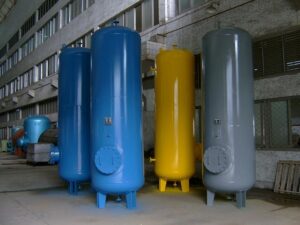
Key application scenarios examples:
1. Beverages and wines: Before bottling, blowing, sealing and capping beer, wine, fruit wine, edible oil, nitrogen can be injected to remove oxygen to prevent oxidation, spoilage and discoloration of carbonated beverages and edible oil. If using cork stoppers, it can prevent mold on the cork.
2. Puffed, fried foods (potato chips, nuts, popcorn, biscuits, pastries, etc.): Nitrogen filling can extend the preservation time, prevent deformation and crushing during transportation.
3. Pastries, baked foods, egg yolk pies: Nitrogen filling can extend the preservation time, prevent deformation and crushing during transportation.
4. Milk powder, soy milk powder: A small amount of nitrogen can prevent or reduce lumping caused by long-term compression storage of milk powder.
5. Grains, nuts, fruits, vegetables: Nitrogen filling can prevent pest damage, and a small amount of oxygen can reduce the respiratory rate of fruits, with obvious preservation effect.
6. Candy, small foods: Suitable for packaging in non-permeable bags.
7. Coffee and tea: Coffee beans/powder, tea bags/tea leaves: Lock in aroma, prevent flavor loss and oxidation deterioration.
8. Cooking oil: During filling, nitrogen is injected into the top space of the oil barrel to isolate oxygen and delay rancidity.
9. Meat products and cooked foods: Fresh chilled meat, ham, sausage: Maintain a bright red color (myoglobin is less prone to browning), inhibit bacterial growth.
10. Fruit and vegetable products: Cut fruit pieces, salad vegetables: Slow down enzymatic browning and respiration, extend freshness.
11. Grains and powders:
Flour, seasonings, protein powder: Prevent moisture absorption, block clumping, and repel insects.
Why choose “nitrogen generator” instead of purchasing nitrogen gas externally?
Cost-effectiveness:
The food factory requires a large and continuous gas supply. On-site nitrogen generation (using PSA pressure swing adsorption technology or membrane separation technology) has a much lower long-term operating cost than frequently purchasing, transporting liquid nitrogen or high-pressure nitrogen cylinders.
Supply security and stability:
Avoid external supply chain disruption risks (transportation delays, gas source shortages), ensuring continuous production line operation.
On-demand production, flexible control:
The gas production volume and purity can be adjusted in real time according to the production rhythm (the purity of food-grade nitrogen usually requires 99.5% – 99.9%).
Quality assurance:
Combined with a precise filtration system, it can stably produce nitrogen gas without oil, water, or bacteria, meeting food safety standards (such as ISO 8573).
Special requirements for food-grade nitrogen:
High purity: Strict control of impurities (especially oxygen, moisture, oil, and microorganisms).
No pollution: The nitrogen generation system must use food-grade materials and be equipped with multiple filters (oil removal, sterilization, particle removal).
Compliance: Must comply with various food safety regulations (such as China’s GB 29202, the US FDA GRAS, the EU EC 231/2012, etc.).
The food industry relies on nitrogen generators, fundamentally achieving “chemical-free preservation” through the physical inertness of nitrogen. It solves the core pain points of the food industry – how to maximize the freshness, safety, and sensory quality of food during production, storage, and transportation, while reducing costs and meeting the demands of消费升级. On-site nitrogen generation, due to its economicity, reliability, and flexibility, has become a standard configuration in modern food factories.
[The main components of the nitrogen generation equipment are] air post-treatment purification system, air buffer tank, pressure swing adsorption main system, nitrogen buffer tank, and control system.
[The two basic conditions for nitrogen generation] are: compressed air and power supply.
[The air post-treatment purification system] consists of a freeze dryer, water removal, oil removal, dust removal three-level precision filters and an automatic drainage device.
[The role of the freeze dryer] is to freeze dry the air to remove water, and the purified compressed air has a pressure dew point of 2 – 10℃, with an oil removal rate of 99.999% and dust particles ≤ 0.01μm, ensuring that the adsorbent works without contamination and providing sufficient protection for the carbon molecular sieve to ensure its service life.
[The role of the air buffer tank] is to improve the continuity and pressure stability of the output gas flow.
[The pressure swing adsorption nitrogen generation system]: consists of A and B adsorption towers, pneumatic valves,不Qualified emission device and instrument control system. The two adsorption towers alternate adsorption and regeneration to complete nitrogen-oxygen separation and continuously output nitrogen gas.
[The automatic control system] mainly consists of a programmable PLC controller, indicator instruments, online purity analysis display device and unqualified alarm device.
[The nitrogen buffer tank]: consists of a nitrogen buffer tank and an output pressure regulating valve. Function: The nitrogen gas output by the nitrogen generation main system is injected into the nitrogen buffer tank to ensure continuous supply of nitrogen gas, and the pressure can be adjusted by the pressure reducing valve itself.
